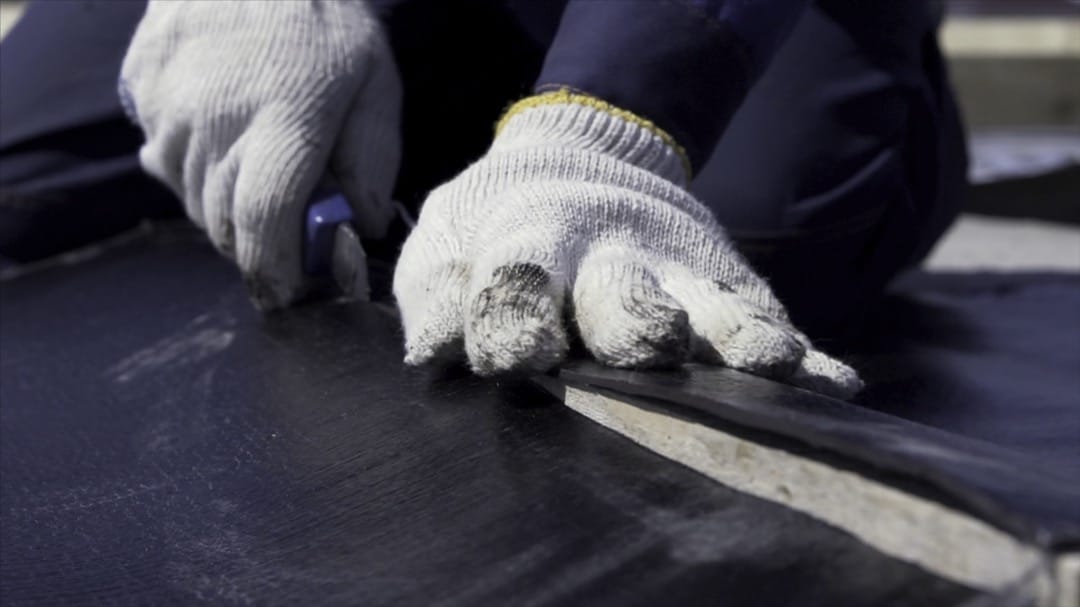06 Jan 2023
Synthetic vs Felt Roofing Underlayment: Pros and Cons
When it comes to roofing underlayment, two of the most popular options are synthetic and felt materials. Both of these materials have their own advantages and disadvantages, and it’s important to consider them when deciding which material to use for your roofing project.

In this blog post, we’ll explore the pros and cons of synthetic and felt roofing underlayment so that you can make an informed decision when selecting roofing material for your project.
Synthetic Roofing Underlayment
Synthetic roofing underlayment is a popular choice for many roofing projects due to its durability, resistance to water, and ease of installation. Synthetic roofing underlayment is made from a variety of materials, such as polypropylene and polyethylene, and is designed to be lightweight yet strong. It is also designed to be resistant to mold and mildew, making it a great option for areas with high humidity. One of the major benefits of synthetic roofing underlayment is that it is much easier to install than felt, making it a great option for DIY projects.
Felt Roofing Underlayment
Felt roofing underlayment is a traditional material that has been used for decades and is still a popular choice for many roofing projects. Felt is made from either organic or synthetic materials, and is designed to provide a durable, waterproof barrier between the roof deck and the shingles. Felt is also designed to be breathable, which helps to prevent moisture buildup and the growth of mold and mildew. While felt is more difficult to install than synthetic underlayment, it is a more affordable option and is typically more robust in areas with high winds and extreme temperatures.
Pros and Cons
When it comes to deciding between synthetic and felt roofing underlayment, it’s important to consider both the pros and cons of each material. Synthetic materials are generally more durable and easier to install than felt, making it the ideal choice for DIY projects. However, synthetic materials can be more expensive than felt, and may not be as robust in areas with extreme temperatures or high winds. Felt materials are more affordable and provide better breathability, but they are more difficult to install and may not be as durable as synthetic materials.
Conclusion
When selecting roofing underlayment, it’s important to consider both the pros and cons of synthetic and felt materials. Both materials have their own advantages and disadvantages, and it’s important to consider them when deciding which material to use for your roofing project. Synthetic materials are generally more durable and easier to install, while felt materials are more affordable and provide better breathability. Ultimately, the best choice for your roofing project will depend on your budget, climate, and skill level.


